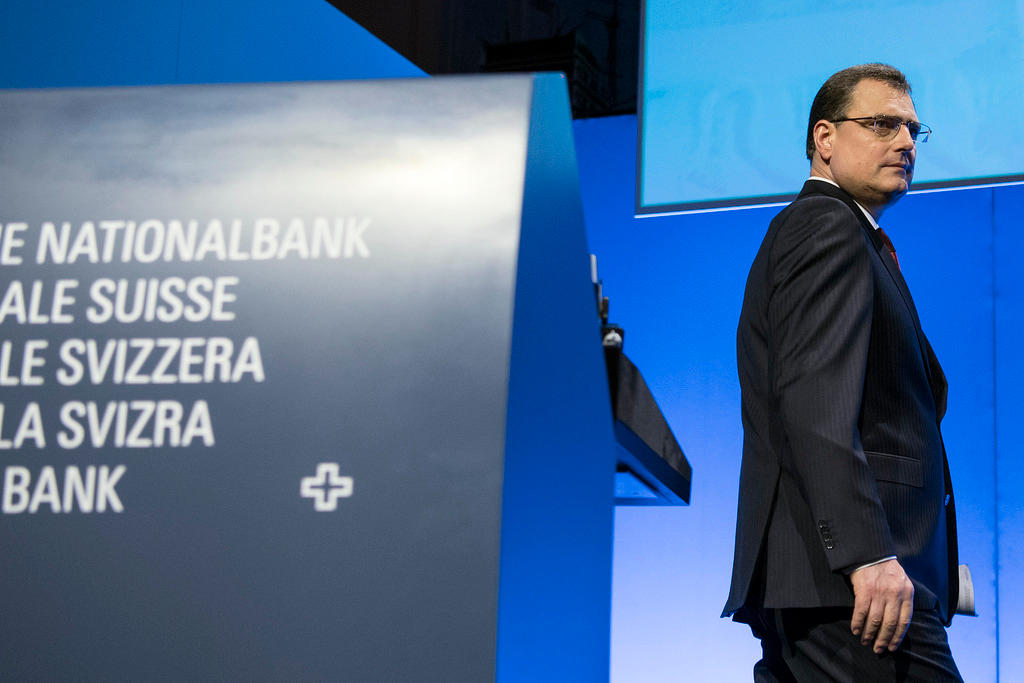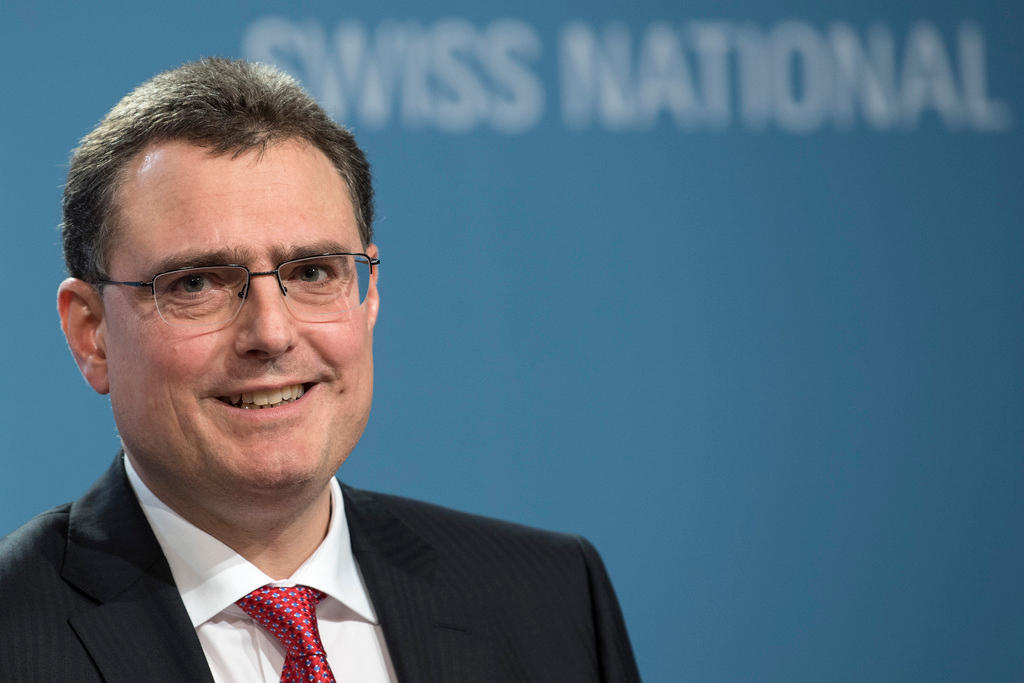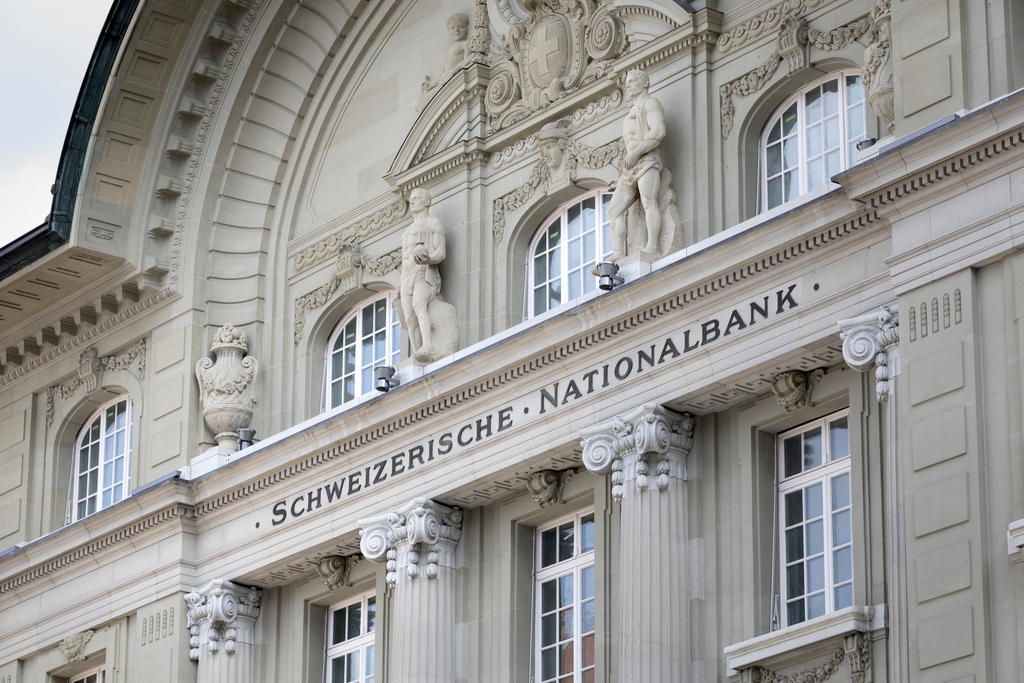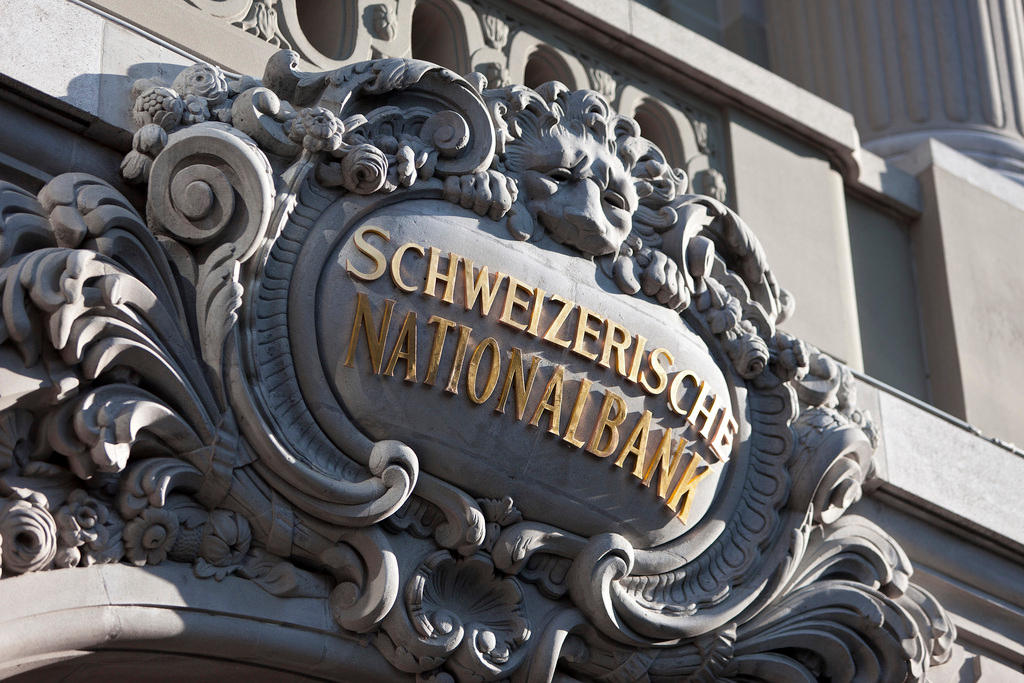Weaker Swiss franc bolsters central bank options

The Swiss franc has fallen to its cheapest level against the euro since January 2015, when the Swiss National Bank stunned markets by abandoning a cap that limited the currency’s strength.
A weaker “Swissie” helps the economy, and at some point could see the central bank begin to talk publicly about reversing negative interest rates and normalising a monetary policy that has led it to buy everything from German Bunds to US shares.

More
Financial Times
External linkShares in the SNB, which are listed, doubled this year. At a time when both bonds and stocks are being influenced by expectations for central bank tightening, any move from the SNB would have important implications for financial markets.
Although Thomas Jordan, SNB chairman, has a chance to comment on the franc at Friday’s annual shareholders’ meeting, the next scheduled monetary policy meeting is not until June. Here are some key questions facing investors.
How does the SNB view Swiss franc weakness?
The return to CHF1.2 mark — the line in the sand set by the peg — shows that the Swissie has come full circle. The factors that led to the abandonment of the peg three years ago, including the start of quantitative easing by the European Central Bank, are reversing. The ECB is planning to end QE, helping the euro rise strongly in the past 12 months.

More
Thomas Jordan: five years fighting a strong franc
The franc’s weakness comes as a relief to the SNB which, since the global financial crisis of 2007-2008, has battled to prevent a strong currency hurting exports and pushing the affluent Alpine economy into recession. Since abandoning the cap, the SNB has continued to intervene heavily in foreign exchange markets to weaken the currency. The result has been a massive accumulation of foreign currency assets on its balance sheet — CHF744 billion ($756 billion) at the end of 2017 (generating a profit of almost CHF50 billion last year).
What are the implications of the CHF1.20 level for the SNB?
It puts currency intervention on the back burner, as the Swissie returns towards fair value against the single European currency. But it also raises speculation about what the SNB now does with its foreign assets.
Earlier this month the US Treasury released its semi-annual report on the currency policies of its major trading partners. With regard to Switzerland, the report noted: “With inflation having turned positive in 2017 and safe haven capital inflow pressures having abated, the current window offers an opportunity to consider how to unwind the large stock of foreign assets the central bank has accumulated on its balance sheet over the past few years”.
That opens the door for the sale of bonds by the SNB. John Brady, managing director at RJ O’Brien said “a once price-insensitive buyer of Bunds is now potentially a price-sensitive seller of them”.
What foreign assets does the SNB hold?
The SNB breaks down its overall investment portfolio of CHF744 billion into three main categories: government bonds, which makes up 68% of the total portfolio, other bonds (11%) and shares (21%).
Its fourth-quarter filing with the US Securities Exchange Commission showed it held US securities with a total market value of $93 billion, compared to $37 billion in the first quarter of 2015, according to an analysis by Whale Wisdom. Of the US securities, technology shares represent the biggest holding, accounting for 18%, while healthcare comprises 14%.
Is a sale of assets likely?
The SNB’s foreign currency investments were accumulated as a result of its monetary policy — and would only be sold as part of a monetary policy decision. Selling Bunds would mean the SNB buying Swiss francs — which at this stage would send the wrong signal to financial markets.
What direction is SNB monetary policy going?
Its main policy interest rates level sits at the ultra-low level of minus 0.75% set in January 2015. Last week, Mr Jordan told Bloomberg there was no hurry to change policy.
The SNB still regards the economic and financial environment as fragile — political instability, especially in Europe, could quickly send investors back into the franc, pushing up its value again. Analysts generally do not expect the SNB to raise official borrowing costs until after the ECB has moved.
Eventually, if current economic trends continue, the SNB will move towards “normalising” monetary policy. But the SNB has not said whether it would first raise interest rates, or reduce its foreign currency investments. Unlike the ECB and US Federal Reserve, it has so far refrained from even talking about an exit path from unconventional policy.
“The SNB so far has signalled its satisfaction how the franc exchange rate has developed recently,” said Janwillem Acket of Julius Baer. “In addition, it also relays a subtle message that it is not at all in a hurry to initiate normalisation soon.”
What next for the Swiss franc — higher or lower?
Analysts focus on the ECB rather than the SNB to determine the direction of the Swissie. Investors believe that ECB policy is on pause for the time being, as the central bank assesses whether softening in the eurozone data is temporary. That should enable the Swissie to recover in the short term. Longer term, investors have their sights set firmly on ECB monetary tightening which should drive the euro higher. After that, it depends how soon the SNB follows down the tightening path of its continental neighbour.
Copyright The Financial Times Limited 2018

In compliance with the JTI standards
More: SWI swissinfo.ch certified by the Journalism Trust Initiative










You can find an overview of ongoing debates with our journalists here . Please join us!
If you want to start a conversation about a topic raised in this article or want to report factual errors, email us at english@swissinfo.ch.